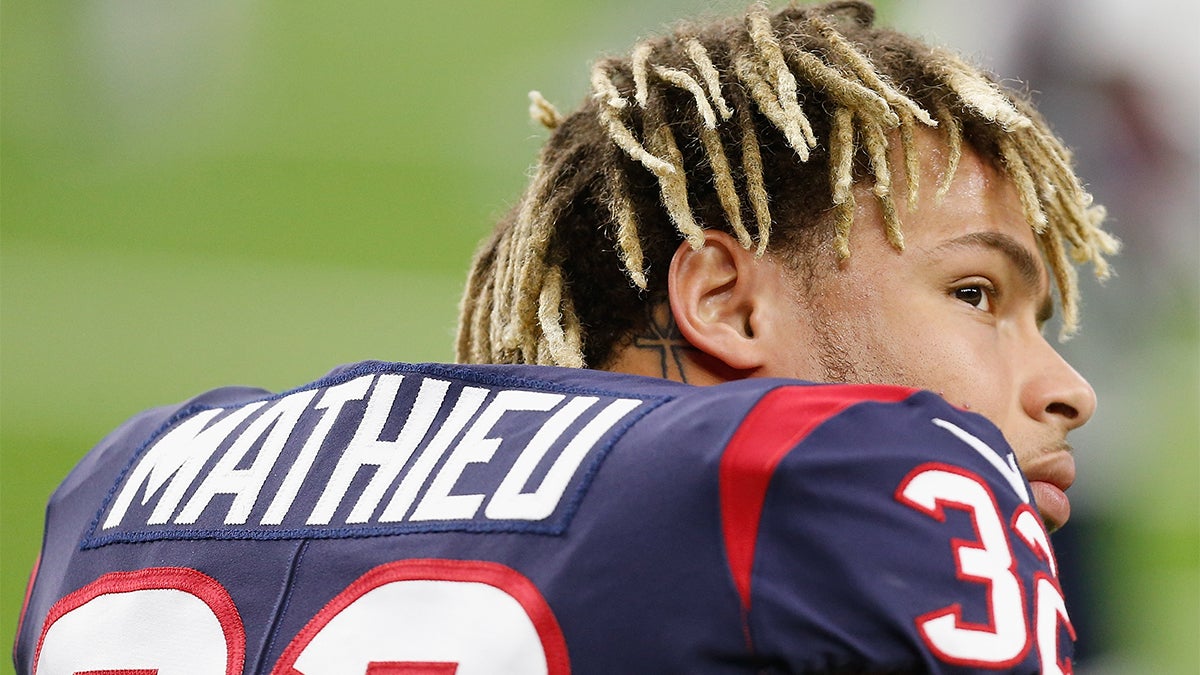Tobacco Use Still Prevalent Among Professional Athletes
Why this matters
Despite the known health risks, many players still use tobacco. Why are players who need to be in peak physical shape turning to nicotine?
Smokeless tobacco has been used by professional athletes for decades. But while Major League Baseball has started forcing it out of its sport, other professional sports leagues are struggling to contain widespread use.
Amid growing health concerns, league executives and the MLB Players Association have moved to eliminate smokeless tobacco from the game.
Major League Baseball originally banned tobacco use in the minor leagues in 1993, but the rule did not apply to Major League players or employees due to the Collective Bargaining Agreement in place at the time.
The newest CBA, enacted in 2016, bans the use of smokeless tobacco at games or team functions by any player who entered the major leagues after the 2016 season. In 15 of the 30 major league stadiums, tobacco use by players and fans alike has been banned.
The inclusion of the tobacco use policy in the new CBA was largely a reaction to the death of Hall-of-Famer Tony Gwynn in 2014. Gwynn, who was a frequent user of smokeless tobacco, died of salivary gland cancer. Many players, notably Boston Red Sox pitcher Chris Sale, quit chewing following Gwynn’s death, and a 2015 study found that about 37 percent of MLB players and coaches chew tobacco, down from 46 percent in 1987.
Coffee grinds packed with caffeine to create a similar effect to nicotine are being marketed to players as a substitute for chewing tobacco.
Related: Cannabis: Changing Perceptions, Attitudes, & Policies
But smokeless tobacco usage isn’t limited to baseball. It seems to have a recurring presence on the sidelines and practice fields in the National Football League, too.
In a Washington Post feature, Houston Texans safety Tyrann Mathieu admitted to using smokeless tobacco, saying he picked it up in college to fit the country lifestyle of his teammates. Now uses it as a coping mechanism for stress and anxiety. He previously used marijuana to address issues, but no longer does after going through treatment for substance abuse in 2012, following his dismissal from the LSU football team.
Often, this switch occurs because tobacco is not illegal and leagues don’t test for it, according to Dr. Anikar Chhabra of the Mayo Clinic.
Former Cleveland Browns punter Spencer Lanning estimated 75 to 80 percent of the roster chewed tobacco. He said some players start in college, and some didn’t begin until they reached the NFL. Lanning added many used it as a stimulant to stay focused during film study.
“The culture of sports includes a lot of sitting around and idle time. It’s a thing people do to pass the time, and once they start they can’t stop,” Chhabra said.
The NFL has a similar policy to Major League Baseball’s: Players may not use chewing tobacco on the field or during interviews. However, it is commonly used during games by both coaches and players.
Minnesota Vikings head coach Mike Zimmer was caught on camera using chewing tobacco in 2015. The year before, Buffalo Bills quarterback Kyle Orton was spotted putting a generous portion of tobacco in his lip while the game was ongoing.
The NFL policy stipulates players are not allowed to endorse tobacco products, though this has not always been the case. Houston Oilers running back Earl Campbell famously appeared in a commercial for Skoal, a brand of smokeless tobacco, in 1980. The television spot was accompanied by a poster that contained an attached coupon for customers to redeem for a free can of smokeless tobacco.
The National Hockey League has a similar tobacco policy as well: Smokeless tobacco cannot be used at the arena and players cannot endorse it. And, yet, some of the game’s top players — such as the Washington Capitals’ Alexander Ovechkin — use it.
NHL health professionals conduct annual tours to warn players of the health risks associated with chewing tobacco, and the NHLPA provides assistance to players trying to quit.
The prevalence of smokeless tobacco is a consequence, in part, of the stigma associated with smoking, which was popular among players in the 1980s and 1990s.
“Cigarettes are visible and affect those around them,” Chhabra said. “The stigma (around smokeless) is much less pronounced … and thus the effects have never been publicized. People don’t talk about it as much like they do with cigarettes.”
Former player Steve Larmer smoked more than a pack of cigarettes every day throughout his career.
Smoking also was popular in the early days of the NBA. Boston Celtics coach Red Auerbach was famous for frequently smoking cigars, and some of his players smoked at halftime of games. Significantly fewer NBA players smoke today, and overall tobacco use is less of an issue than in other leagues.
Lorillard Tobacco was a sponsor of the NBA’s “Hoop-it-Up” tour, a series three-on-three basketball tournaments across the country, until being dropped in 2002. Newport menthol cigarettes, made by Lorillard, were the favorite cigarette among new teen smokers. Teenagers make up a large portion of the NBA’s audience.
A 2011 study found that one third to one half of professional athletes used some form of nicotine. The study concluded smokeless nicotine products were especially popular due to the fact they do not affect the respiratory system.
Chewing tobacco was the most popular form, but some athletes use nicotine patches, nasal spray or gum. A study that focused on athletes that wore nicotine patches discovered improved respiratory endurance. Another study showed increased muscle strength in athletes that chewed nicotine gum.
Studies have not found significant improvements in performance in athletes based on their nicotine consumption. No significant findings exist directly tying poor performance to the use of nicotine.
“There’s no proof that it helps performance or recovery,” Chhabra said. “It’s what people do, and it’s their addiction.”
Ryan Sharp is a senior sports journalism student at Arizona State University.


